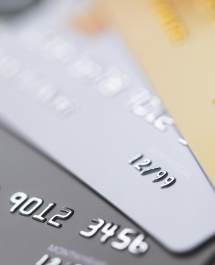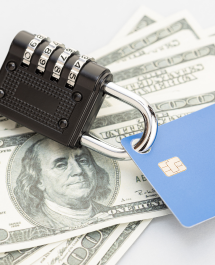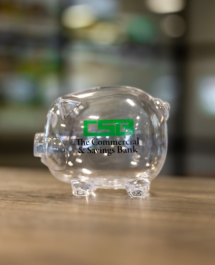Advice & Planning
Helpful resources for real life.
Whether you're buying a home, teaching your kids about money, or staying safe from scams—these personal banking tools are here to guide you.
Helpful resources for real life.
Whether you're buying a home, teaching your kids about money, or staying safe from scams—these personal banking tools are here to guide you.



